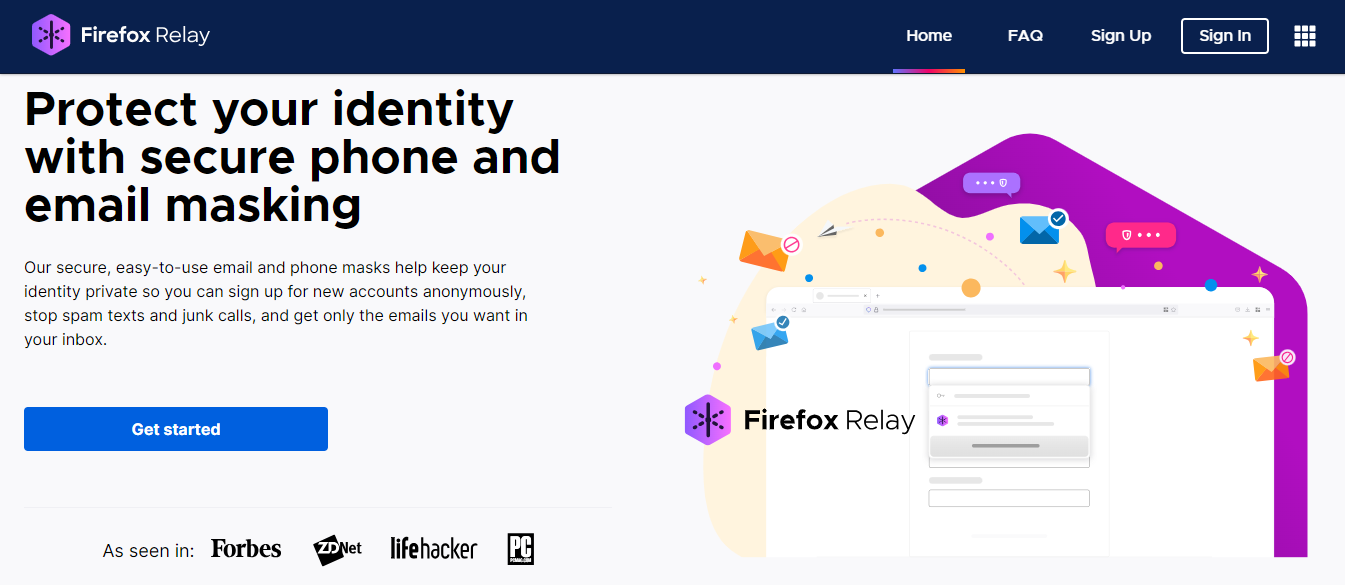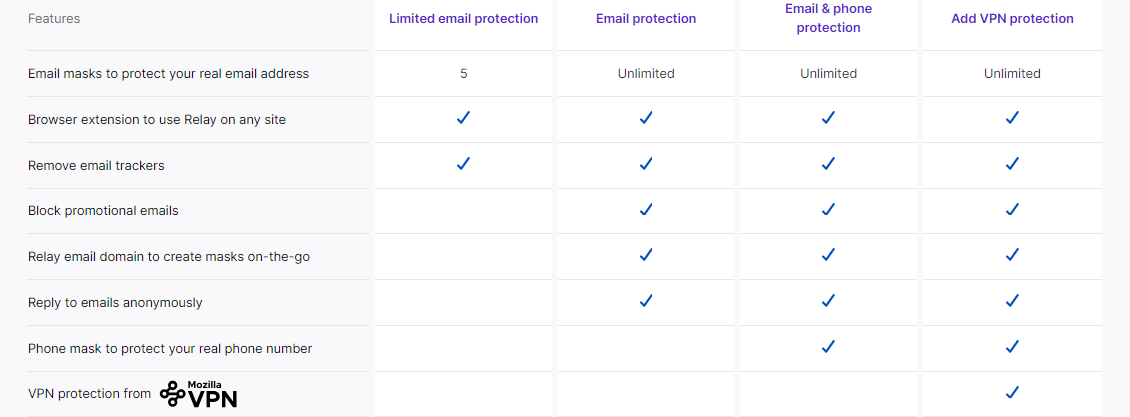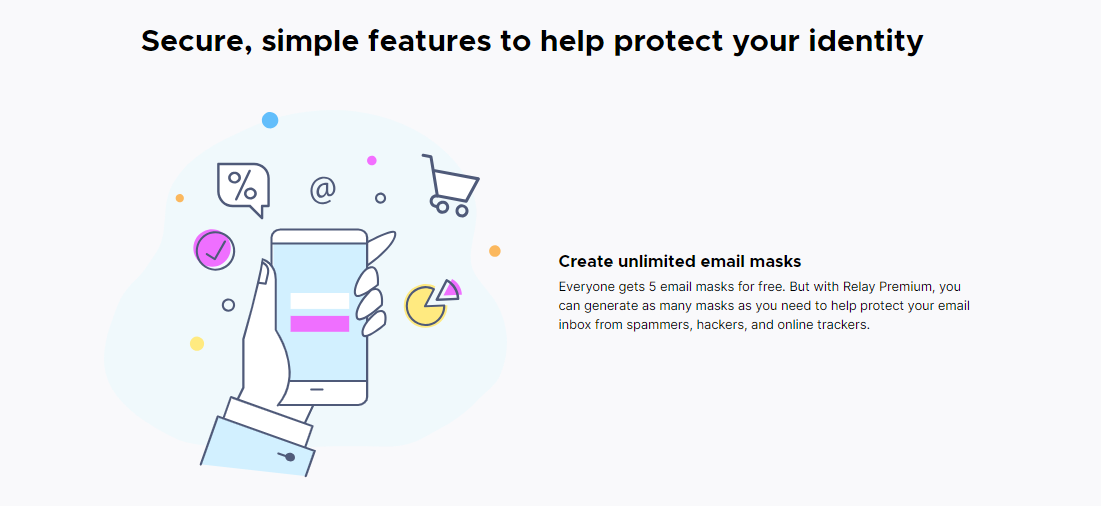New security alerts reveal that a new malware known as the Octopus Scanner is spreading through Java applications and NetBeans projects.
A recent security alert has sent shivers down the spines of Java developers. A new malware strain dubbed “Octopus Scanner” has been discovered infiltrating Java projects managed through the Apache NetBeans IDE (Integrated Development Environment).
This raises serious concerns about the security of developer workstations and sensitive project data.
READ ALSO: 17+ Best Free Online Virus Scanners And Removers For 2023
Table of Contents
How Does the Octopus Scanner Work?
The insidious nature of the Octopus Scanner lies in its ability to exploit the trust placed in downloaded projects. When a developer unknowingly downloads a project laced with malware, it acts like a digital Trojan horse, silently infecting the user’s system.
This infection isn’t limited to the downloaded project; the malware actively scans the developer’s computer for local NetBeans installations and attempts to compromise other Java projects.
The Ultimate Prize: Remote Access
The true objective of the Octopus Scanner isn’t to directly sabotage Java projects themselves.
The ultimate goal is far more sinister: installing a Remote Access Trojan (RAT) on the developer’s machine. This RAT grants the attacker complete control over the infected system, turning it into a digital spyglass.
READ ALSO: How Web Developers Can Impact Climate Actions
Spying on the Source: A Developer’s Worst Nightmare
With a RAT at their disposal, attackers can gain access to a treasure trove of sensitive information, including:
- Confidential project details: This could encompass upcoming projects, internal tools, and even proprietary source code, giving attackers a significant advantage.
- Backdoor opportunities: The RAT might be used to manipulate code, potentially introducing backdoors into closed-source software systems, compromising security for future users.
- General system information: The attacker can gather details about other running software tools, potentially uncovering vulnerabilities or sensitive data used in development processes.
The Importance of Vigilance
While the specific names of compromised projects haven’t been revealed, the security alert serves as a stark reminder for developers to be vigilant. Here are some crucial steps to take:
- Scrutinize Downloads: Exercise caution when downloading projects, especially from untrusted sources. Consider code reviews and verification processes before integrating external code into your projects.
- Regular System Scans: Utilize reliable antivirus and anti-malware software to scan your system regularly. Keep these programs updated with the latest definitions to ensure they can detect new threats.
- Strong Passwords: Enforce strong and unique passwords for all your development accounts and workstations. Avoid using weak passwords or reusing passwords across different platforms.
- Project Backups: Maintain regular backups of your projects. This ensures you have a clean copy in case of an infection and allows you to restore your work quickly.
- Stay Informed: Subscribe to security advisories from relevant organizations like GitHub or the Apache Software Foundation to stay updated on the latest threats and recommended mitigation strategies.
READ ALSO: Superior Security Enhancement With Biometric Fingerprint Scanner
NetBeans Nightmare: Frequently Asked Questions
What is The Octopus Scanner Malware?
The Octopus Scanner is a malware specifically targeting Java projects built using the Apache NetBeans IDE. It infects downloaded projects and developer workstations, aiming to install a Remote Access Trojan (RAT).
What is octopus malware?
“Octopus malware” is a general term that might be used to refer to the Octopus Scanner, but it’s not a widely used classification. “Octopus Scanner” is the specific name of this malware strain.
What does a malware Scanner do?
A malware scanner is a legitimate software program designed to detect and remove malicious software (malware) from a computer system. The Octopus Scanner, however, is a deceptive type of malware that disguises itself as a scanner to gain access to your system.
READ ALSO: Why Global Brands Hire Java Developers From India
Is Octopus a virus?
Technically, the Octopus Scanner isn’t a true virus. Viruses replicate themselves and spread by attaching to other files. The Octopus Scanner, however, spreads by infecting downloaded projects and exploiting developer trust. It functions more like a Trojan horse.
What is the deadliest malware?
There’s no single “deadliest” malware, as the impact can vary depending on the target and purpose. However, some malware strains can be particularly destructive, such as:
- Ransomware: This encrypts a user’s files, demanding a ransom payment to regain access.
- Destructive Malware: These can wipe data from storage drives or disrupt critical infrastructure.
- Worm Malware: These self-replicate and spread rapidly across networks, consuming resources and potentially causing outages.
The key takeaway is to be cautious when downloading files and practice good security hygiene to protect yourself from various malware threats.
Bottom Line
By implementing these security measures and remaining vigilant, Java developers can significantly reduce the risk of falling victim to the Octopus Scanner or similar malware threats.
Protecting your development environment isn’t just about safeguarding your code; it’s about preserving the integrity of the software you create and the security of future users.
Note: This was initially published in May 2020 but has been updated for freshness and accuracy.
RELATED POSTS
- Google plans to block heavy ads that drain resources in Chrome
- 5 Certified Benefits of Identity Theft Protection
- How To Get A Cybersecurity Job With No Experience
- Zeus Sphinx malware resurfaces due to COVID-19 pandemic
- Hackers now use SEO Malware to launch coordinated attacks
- Honest Defencebyte Review – Effective Malware Removal Tool
- An unknown hacker has hacked the GetMonero Site


![NetBeans projects are being poisoned by malware – GitHub warns Java Developers [OLD NEWS] NetBeans projects are being poisoned by malware – GitHub warns Java Developers [OLD NEWS]](https://secureblitz.com/wp-content/uploads/2020/05/1228490_9cb9.jpg)



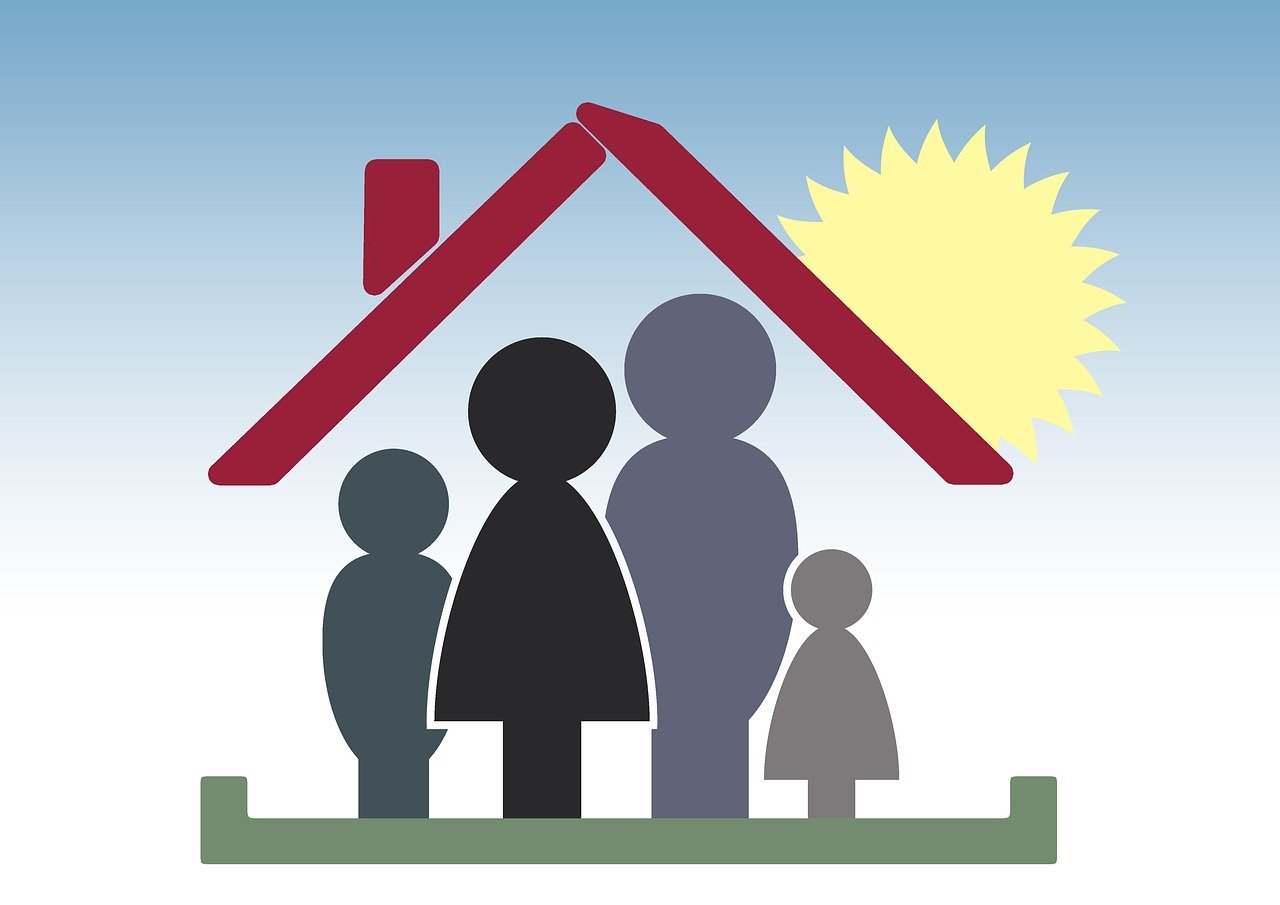
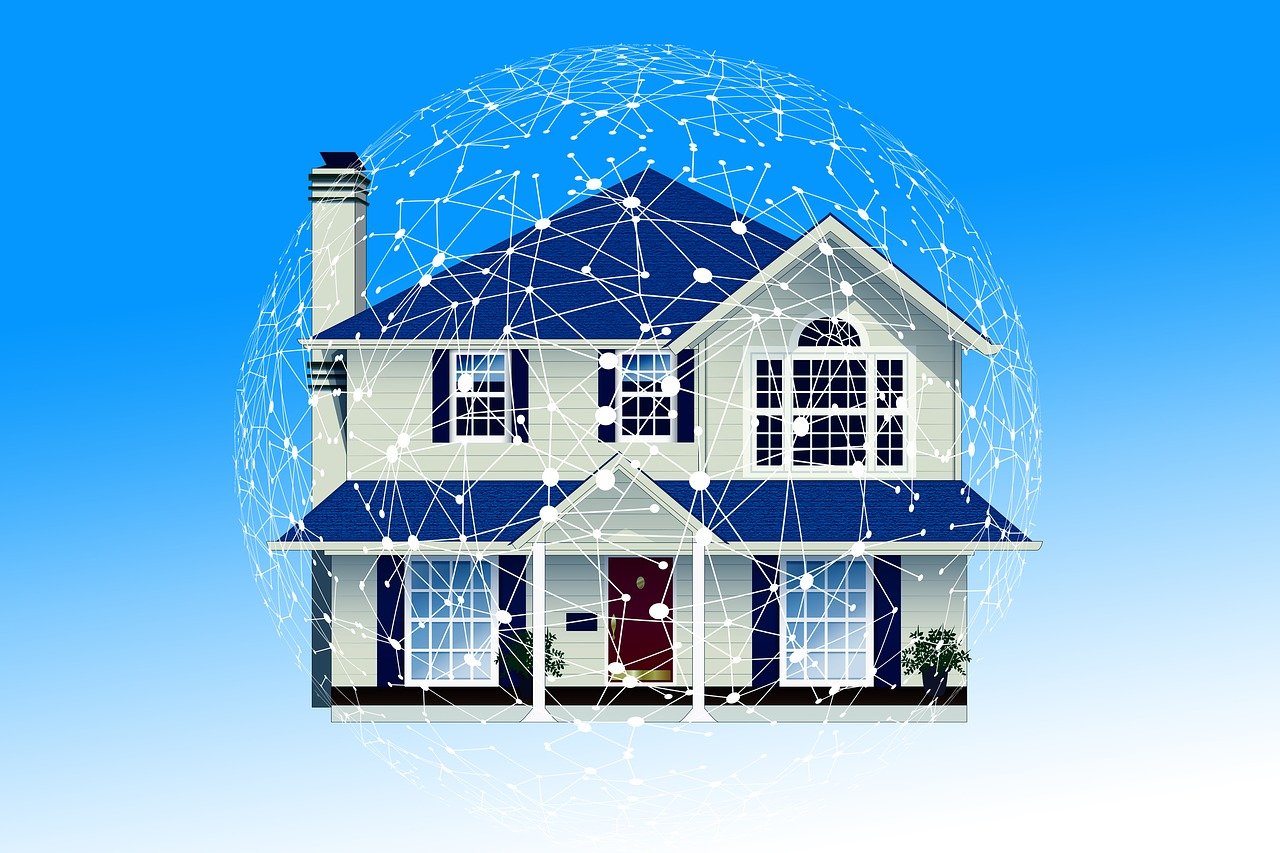
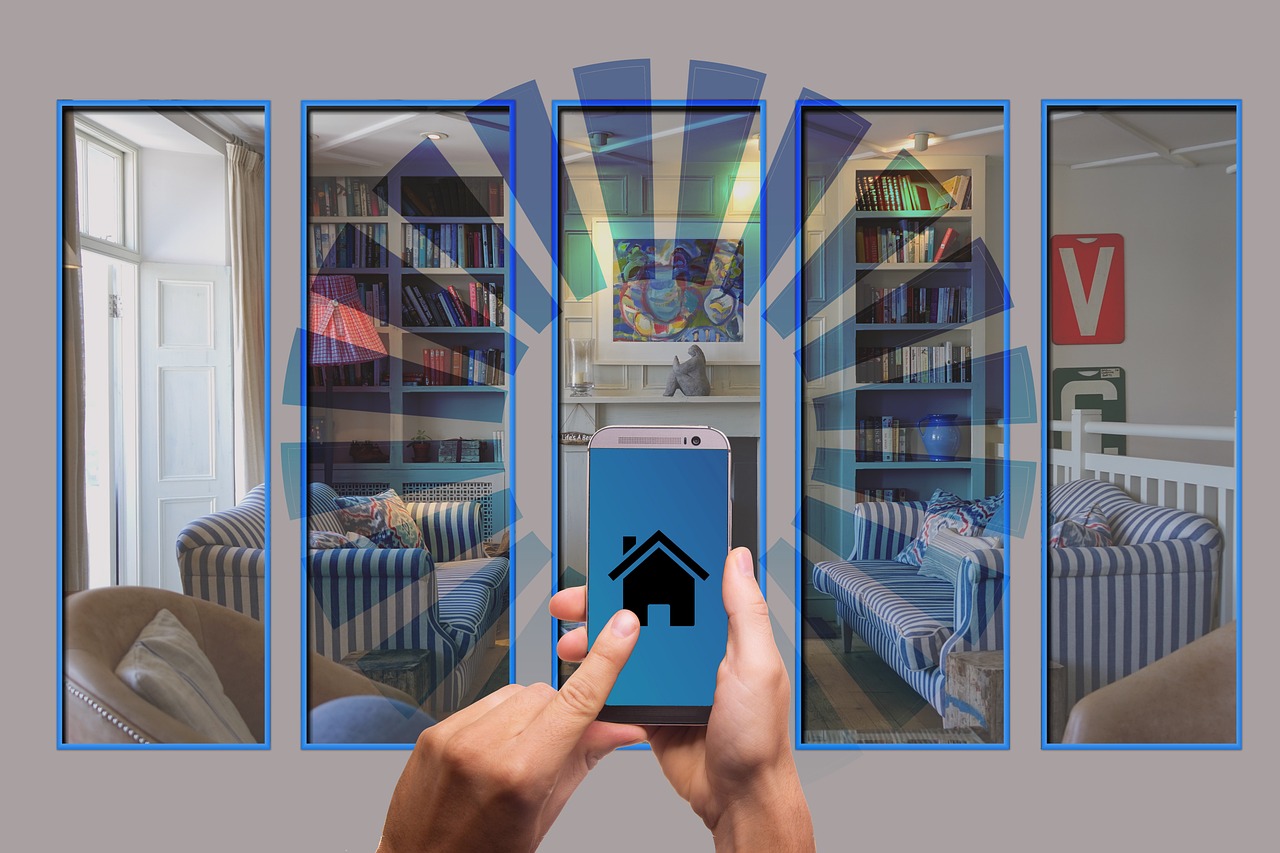
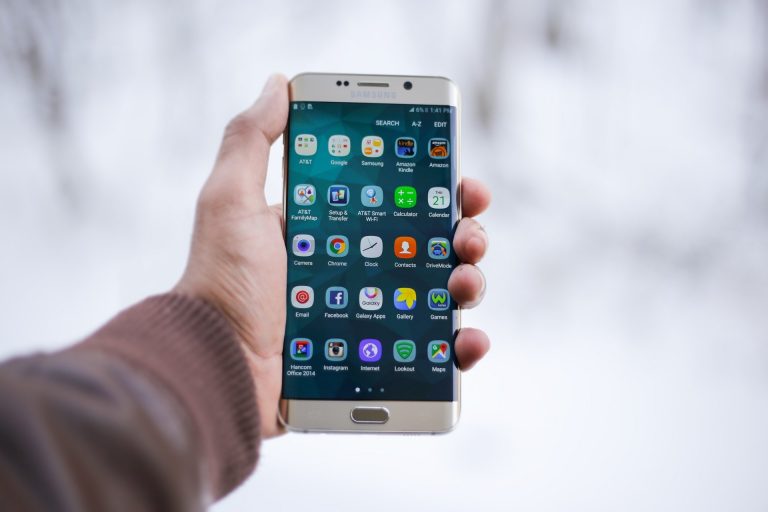

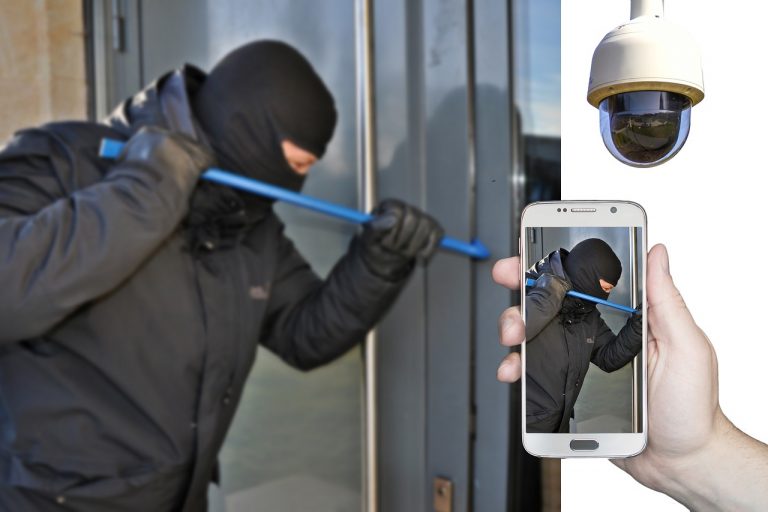


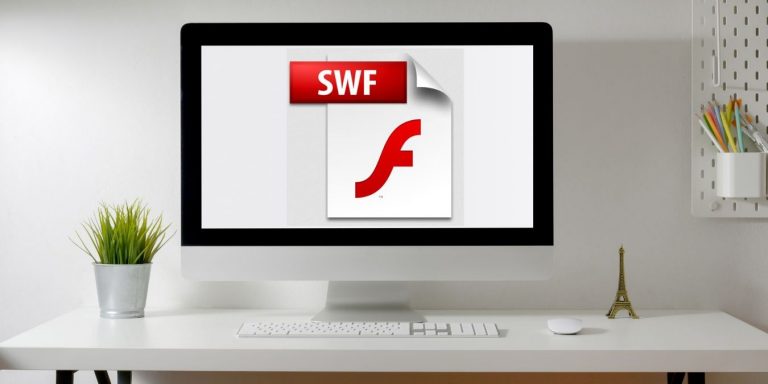


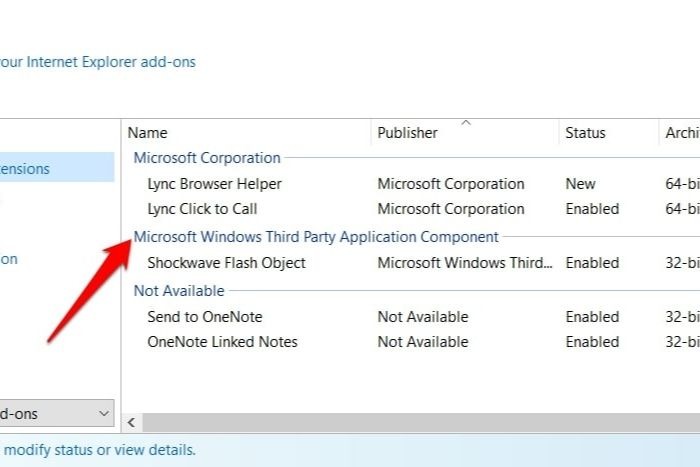



![Mozilla Firefox Private Relay for proxy email addresses [OLD NEWS] Mozilla Firefox Private Relay for proxy email addresses [OLD NEWS]](https://secureblitz.com/wp-content/uploads/2020/05/firefox-private-relay-768x505.png)
